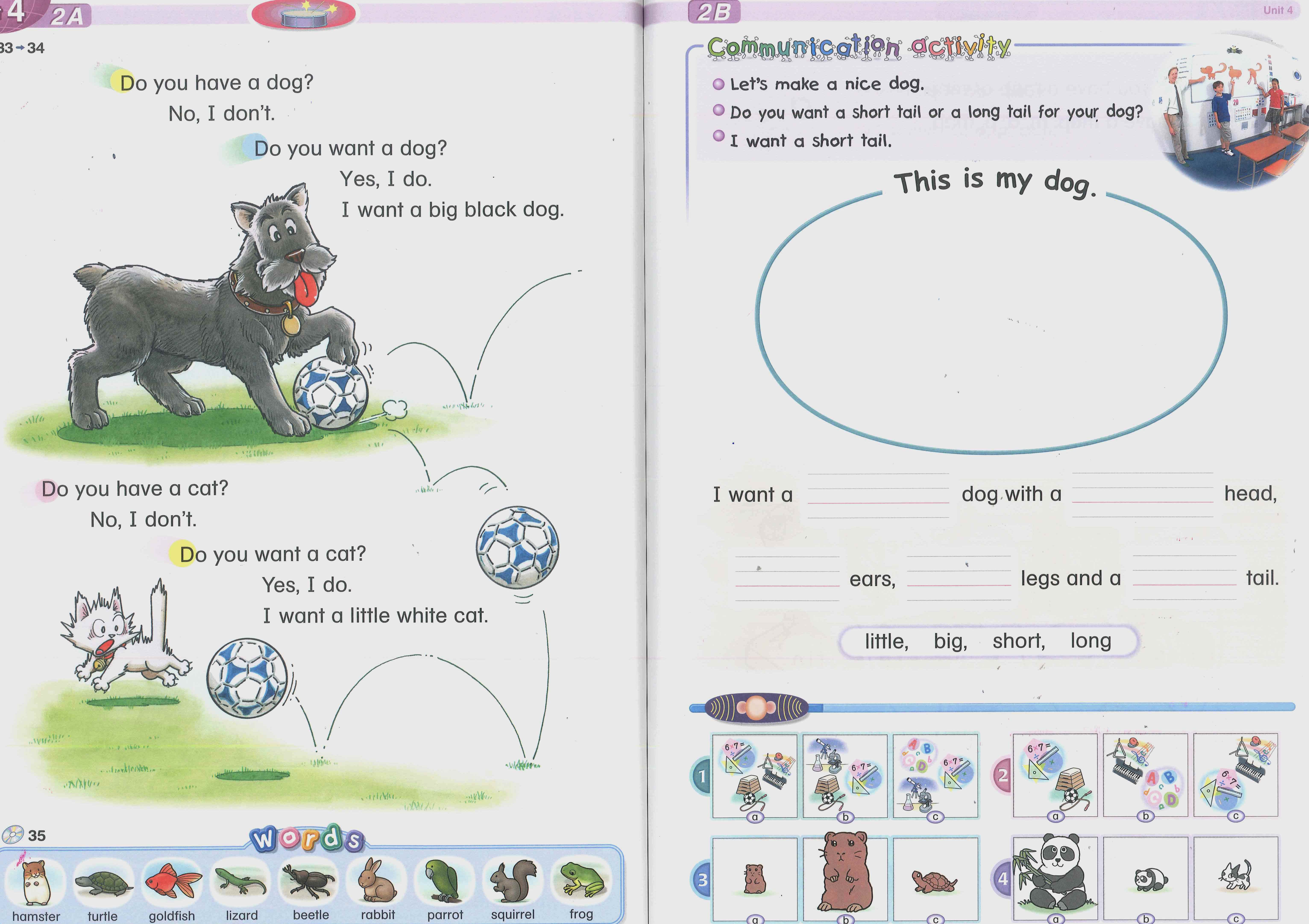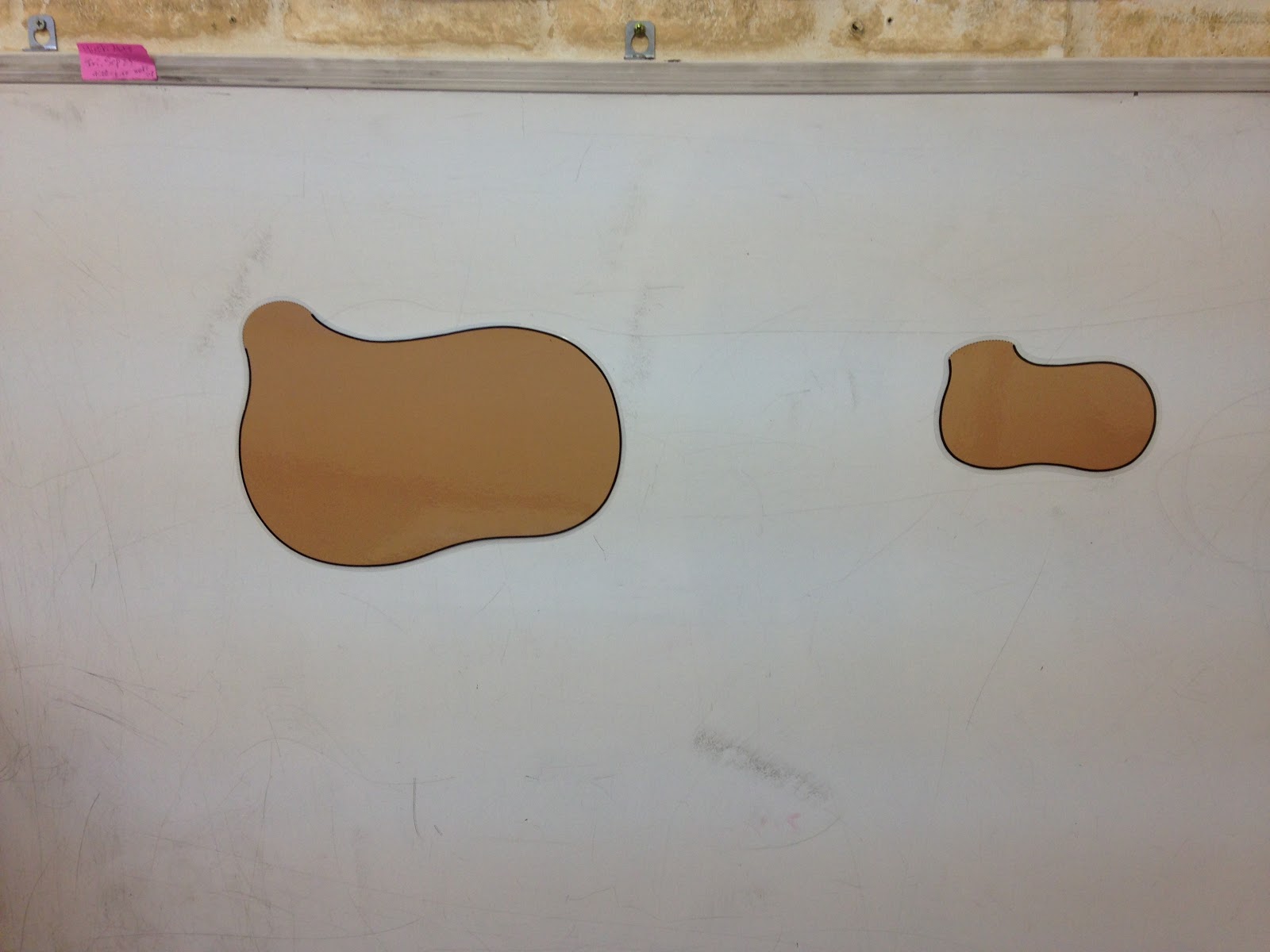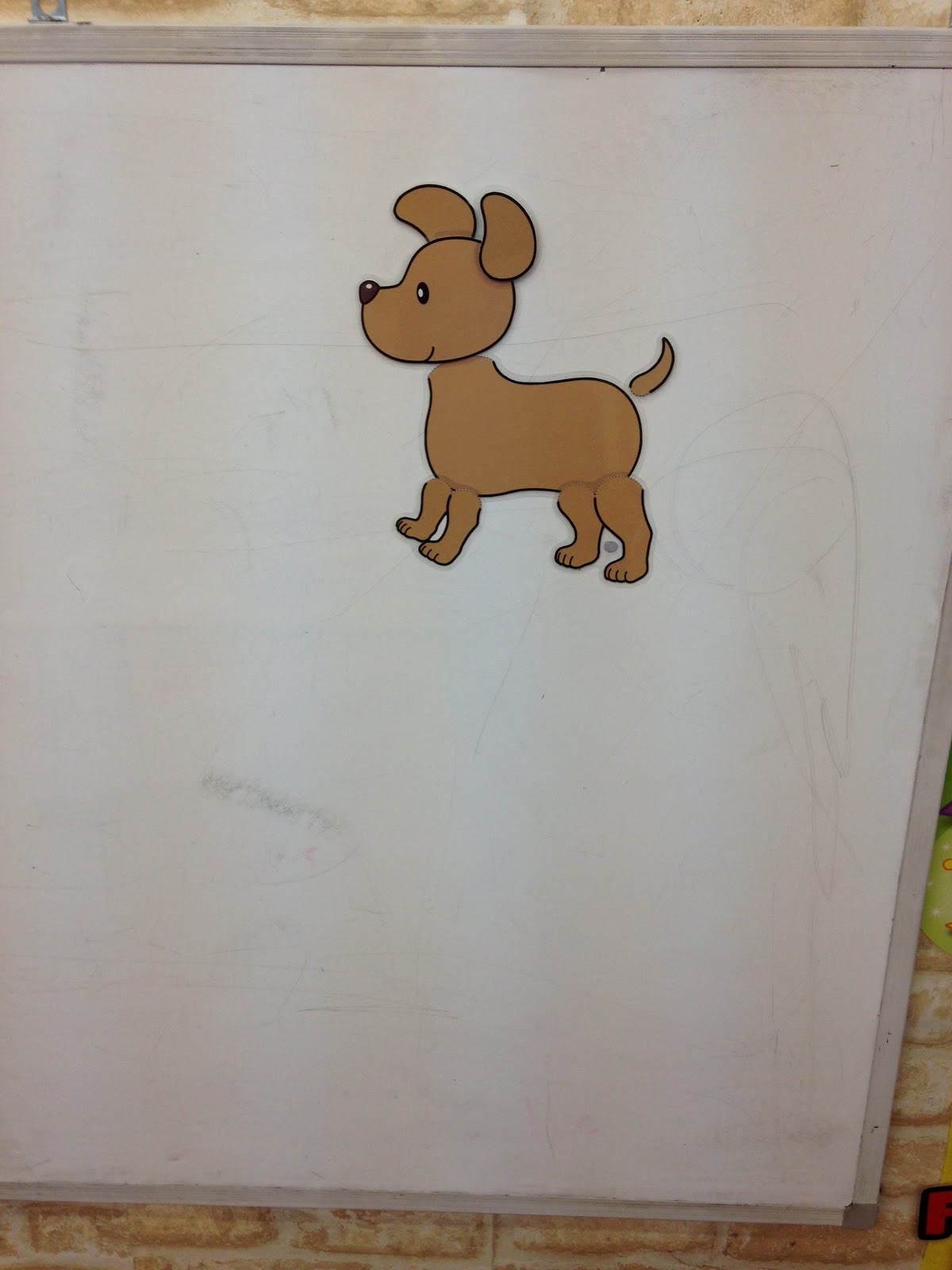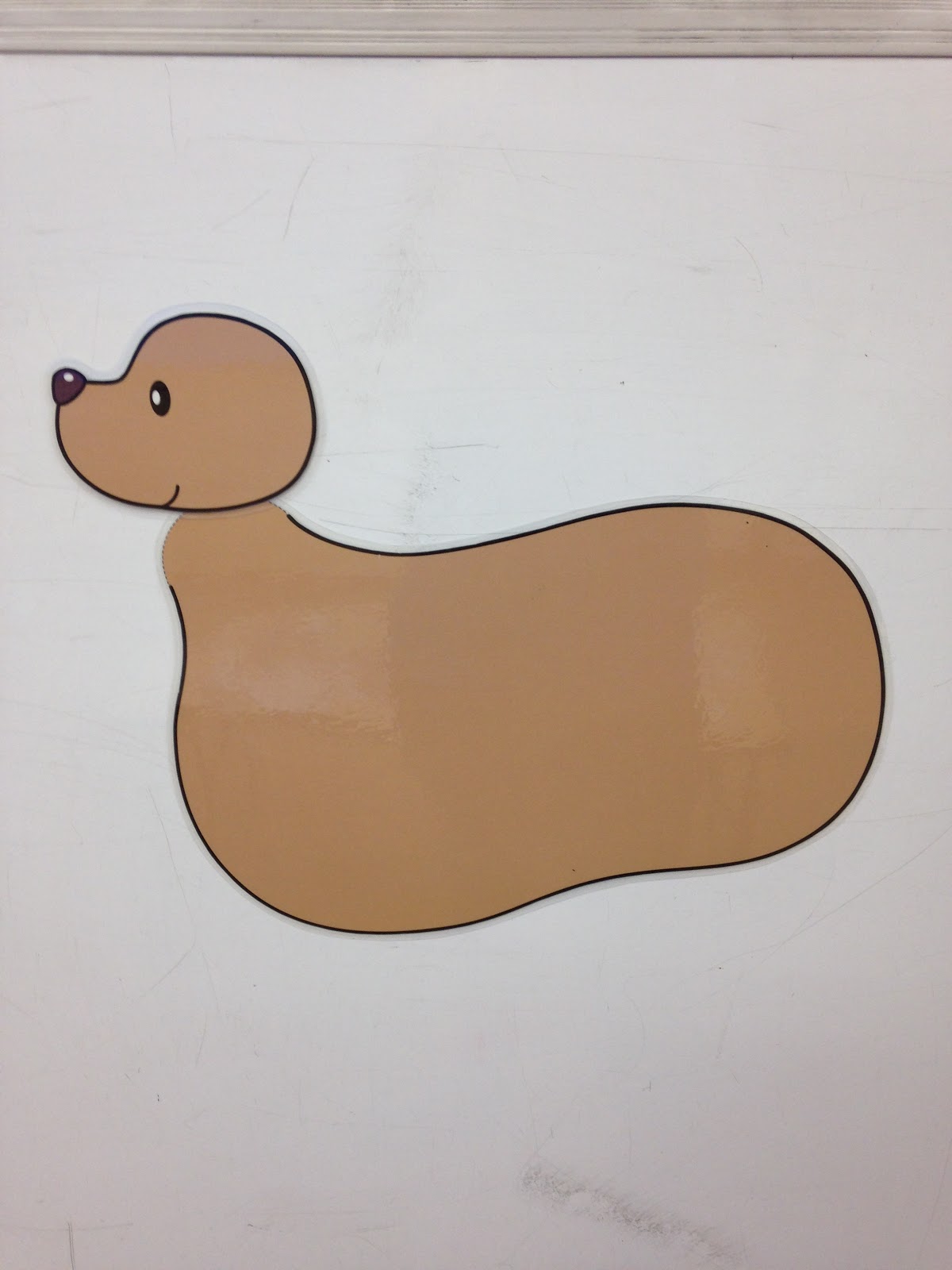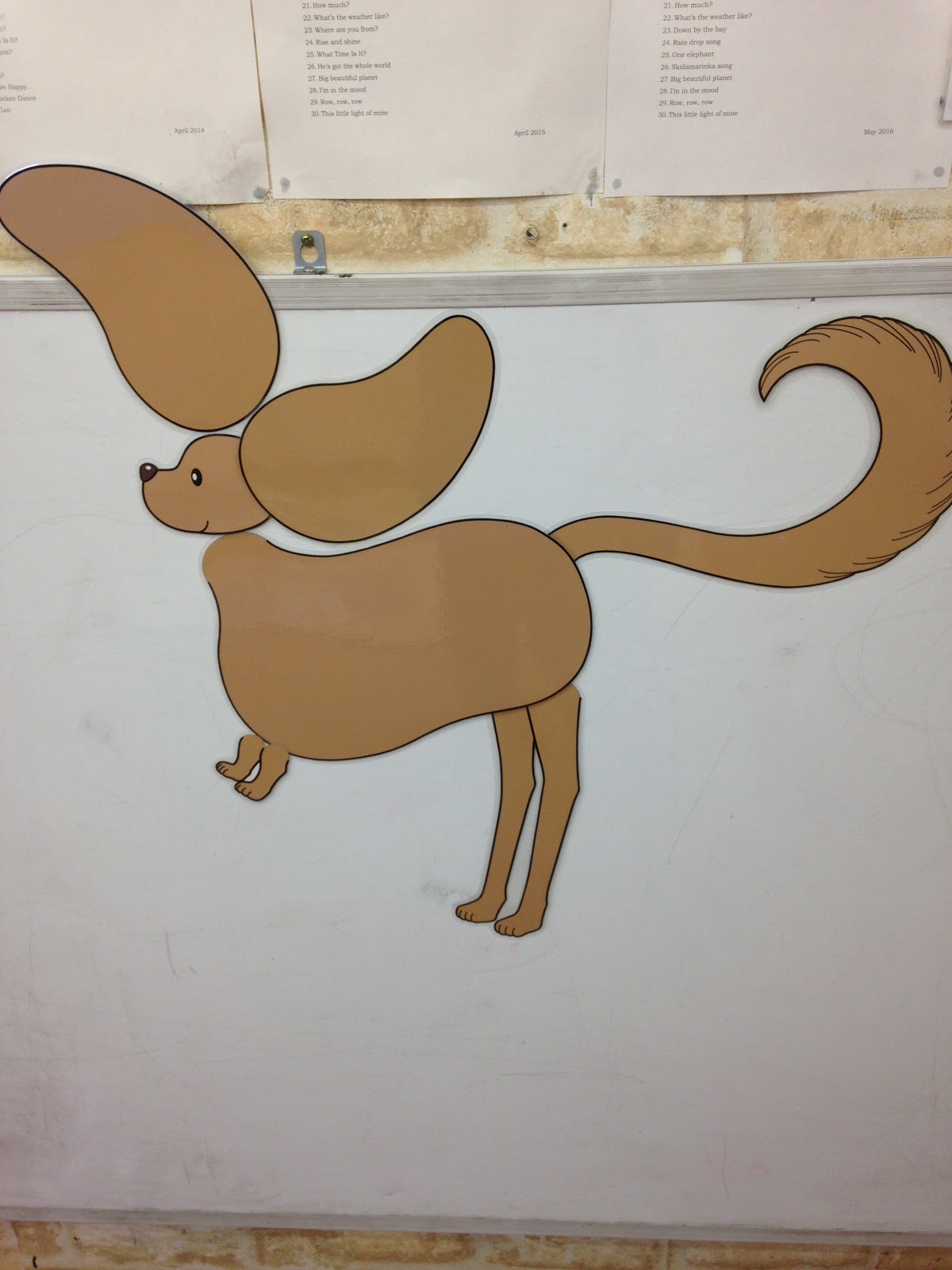

- 54. 10 Useful Pieces of Advice for Teaching with LEARNING WORLD #9 & 10
- 55. “Happy New Year!” “I don’t say that.”
- 53. Halloween 2019
- 52. READY Workbook Pg. 17
- 51. English-Uplift 1-Day Seminars
- 50. READY Workbook - vocabulary copying activity
- 49. 10 Useful Pieces of Advice for Teaching with LEARNING WORLD #8
- 48. 10 Useful Pieces of Advice for Teaching with LEARNING WORLD #7
- 47. 10 Useful Pieces of Advice for Teaching with LEARNING WORLD #6
- 46. 10 Useful Pieces of Advice for Teaching with LEARNING WORLD #5
- 45. 10 Useful Pieces of Advice for Teaching with LEARNING WORLD #4
- 44. 10 Useful Pieces of Advice for Teaching with LEARNING WORLD #3
- Kindergarten aged students
- Lower Elementary-school aged students
- Upper Elementary-school aged students
- Junior High and older students
- Others
21. “Let’s Make a Dog” - Book 2 ACTIVITY SHEETS (Unit 4-2)
The idea behind this material is for students to cooperate as a class in the creation of a dog using the English “big/small/long/short” and “body/head/ears/legs/tail”. The dog’s body parts are added one at a time. Each part is either very big or very small, so the kids can enjoy the comical aspect of creating a rather disproportionate dog. In fact, the more outrageous-looking the dog becomes, the more liberty students find with their creativity. Short legs on a big body with a small head, small ears but a very long tail…. All rules of “normality” are out the window, and acceptance of the unusual or different is experienced. The more excited the students become, the more enthusiastic they become to produce the necessary English.
I recently tried the activity with two “nen-cho” classes (5 year olds) at a kindergarten. Each class had 25 students. The second class was more successful than the first. The key for success with this activity lies in the start.
In the first class, the first part of the dog I presented to students was the body. I placed both the large body and the small body on the blackboard, and asked students to choose one. They decided on the small body.
Thereafter, the students would only choose small body parts. They had a difficult time accepting the possibility that the dog could have big ears, long legs or a long tail. In their mind, a small body meant a small dog, and so everything had to be small. Even though I tried to encourage them to try long legs or big ears, they adamantly refused. All parts HAD to be small. The result was a very average-looking small dog:
Worse still, students didn’t use much English, and they didn’t particularly seem to enjoy the activity.
For the second class, in order to encourage more creativity and English of course, I presented initially a large body AND a small head.
This way the dog was already “unusual”, and so the students found it easy to be creative. Their imagination soared and the debate on whether the dog should have a short tail or a long tail, or short legs or long legs, was heated. The students thoroughly enjoyed this activity.
This activity generates a good amount of English when students are prepared to accept the “unusual” or “outside the norm”. This is perhaps challenging for kindergarten kids – unless you show them clearly from the outset that it’s OK.
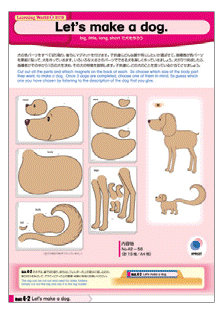












![img_l[1]](https://www.apricot-plaza.co.jp/ap_admin/wp-content/uploads/2016/09/img_l1.jpg)
